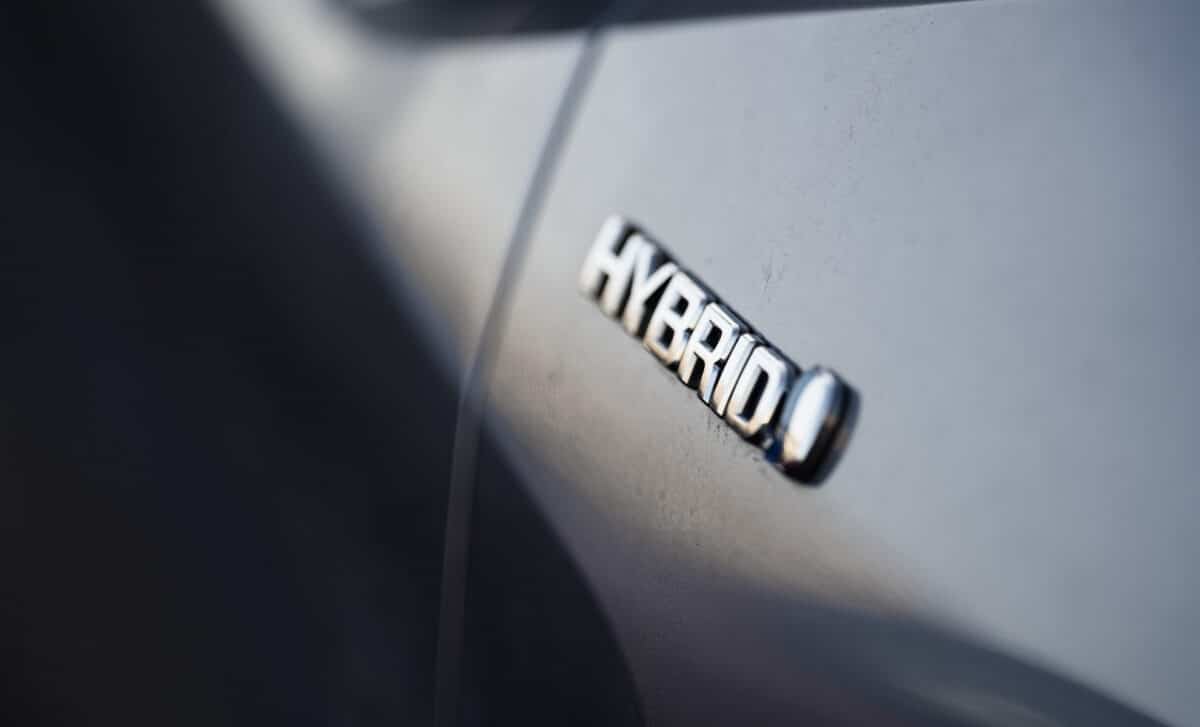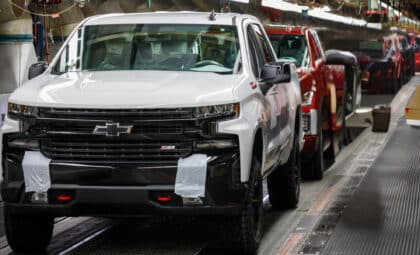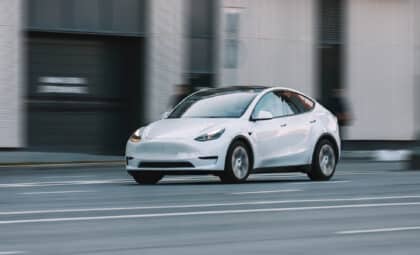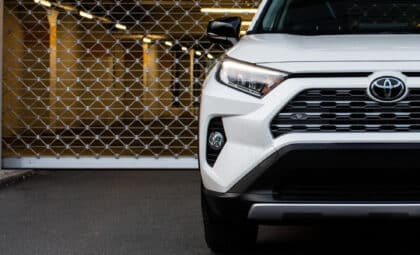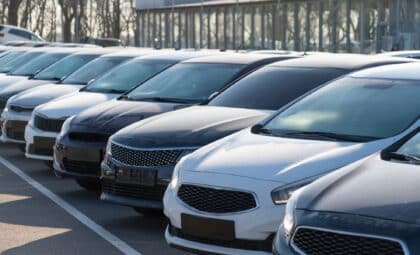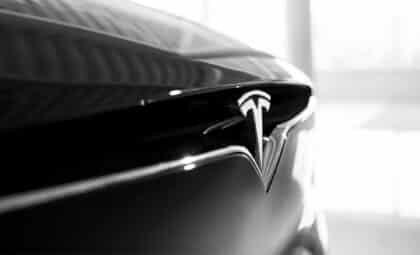Sean Hanley, Vice President of Sales and Marketing at Toyota Australia, warned that “mild hybrids” are misleading consumers by presenting themselves as genuine hybrids, despite lacking the ability to run on electric power alone.
With hybrid vehicles becoming an increasingly popular option for eco-conscious consumers, the rise of mild hybrids has added confusion. While full hybrids have the ability to drive on electric power for significant distances, mild hybrids offer only limited electric assistance. According to Hanley, this difference is critical for buyers looking to make informed choices about their next vehicle purchase.
What Is a Mild Hybrid, Really?
Mild hybrids (MHEVs) are marketed as environmentally friendly vehicles, but Hanley argues they fall short of the true hybrid label. Unlike full hybrids, which rely on both gas and electric power and can drive on electric power alone, mild hybrids only use electric assistance to support functions like acceleration and braking, reports Supercar Blondie.
These systems, which typically use a 48-volt assist system, do not allow the car to operate solely on electric power. As a result, they don’t offer the same level of fuel efficiency or reduced emissions that a full hybrid or electric vehicle might.
Hanley’s criticism reflects a broader concern in the industry: automakers are marketing MHEVs as hybrids, creating a potential mismatch between consumer expectations and the actual performance of the vehicle.
This distinction is especially important in the context of the ongoing shift towards greener driving options, where buyers expect their hybrid cars to reduce both fuel consumption and emissions significantly.
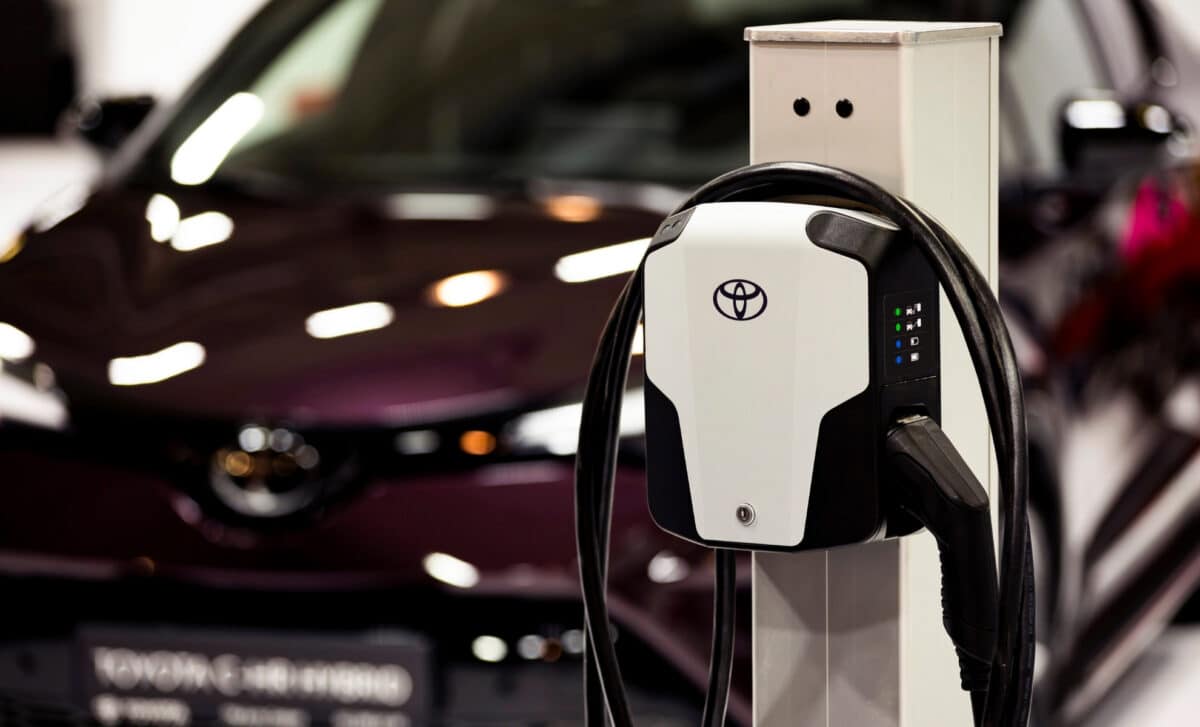
Consumer Misunderstanding and Market Impact
One of the key challenges Toyota has pointed out is that many consumers may not fully grasp the difference between mild hybrids and full hybrids. With the term “hybrid” becoming increasingly widespread, there’s a risk that people are buying cars with only partial electric capabilities while thinking they’re purchasing a vehicle with full hybrid or electric driving features. As stated by Hanley, automakers have a responsibility to clarify these differences and help customers understand exactly what they’re getting.
This confusion not only misguides consumers but could also delay the broader adoption of true hybrid and electric vehicles. As eco-friendly car choices grow in popularity, it’s critical that buyers make well-informed decisions to ensure the technology aligns with their environmental goals. Without clear distinctions, the trust consumers place in hybrid technology may erode, hindering future advancements in cleaner vehicle options.
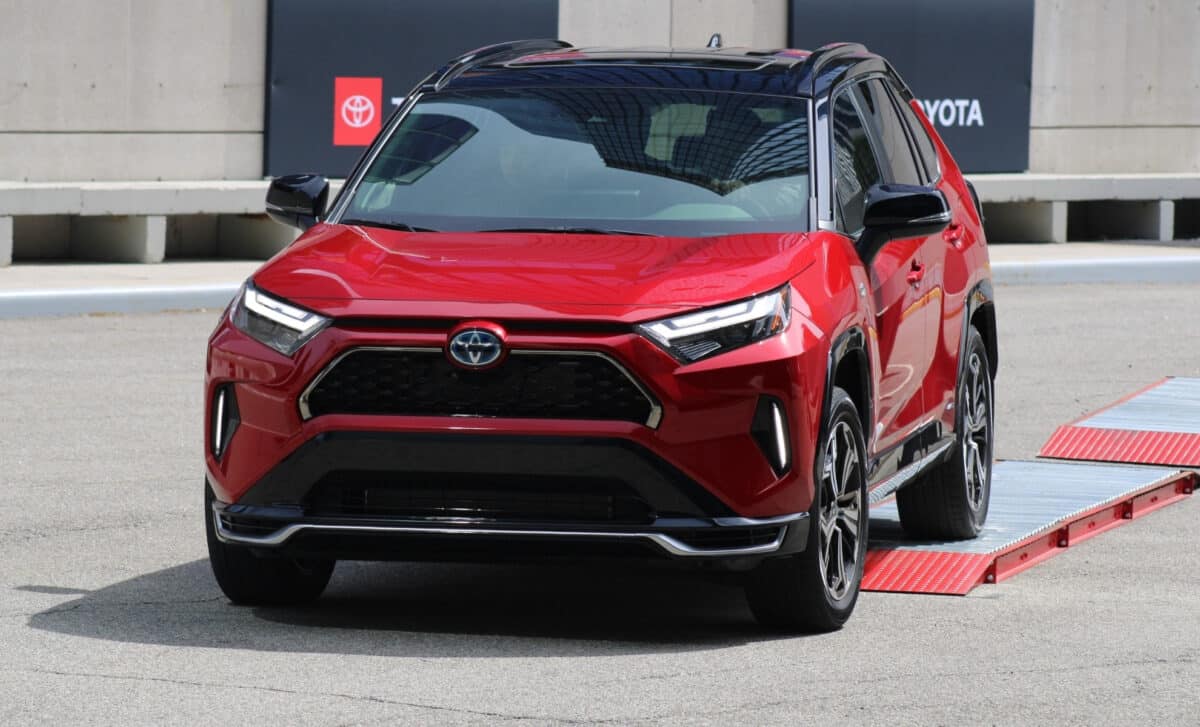
Toyota’s Efforts to Clear Up the Confusion
In an effort to address the confusion, Toyota has begun to be more transparent about its hybrid systems. The company has started to make a clear distinction in its marketing materials between mild hybrids and full hybrids.
For example, Toyota’s Land Cruiser now features a mild hybrid system, but the company openly communicates its limited electric capabilities, ensuring customers aren’t misled about what the vehicle can do. Similarly, Toyota’s plug-in hybrid models are marketed as vehicles capable of running on electric power for longer distances, distinguishing them from the shorter, more assisted electric driving capabilities of mild hybrids.

